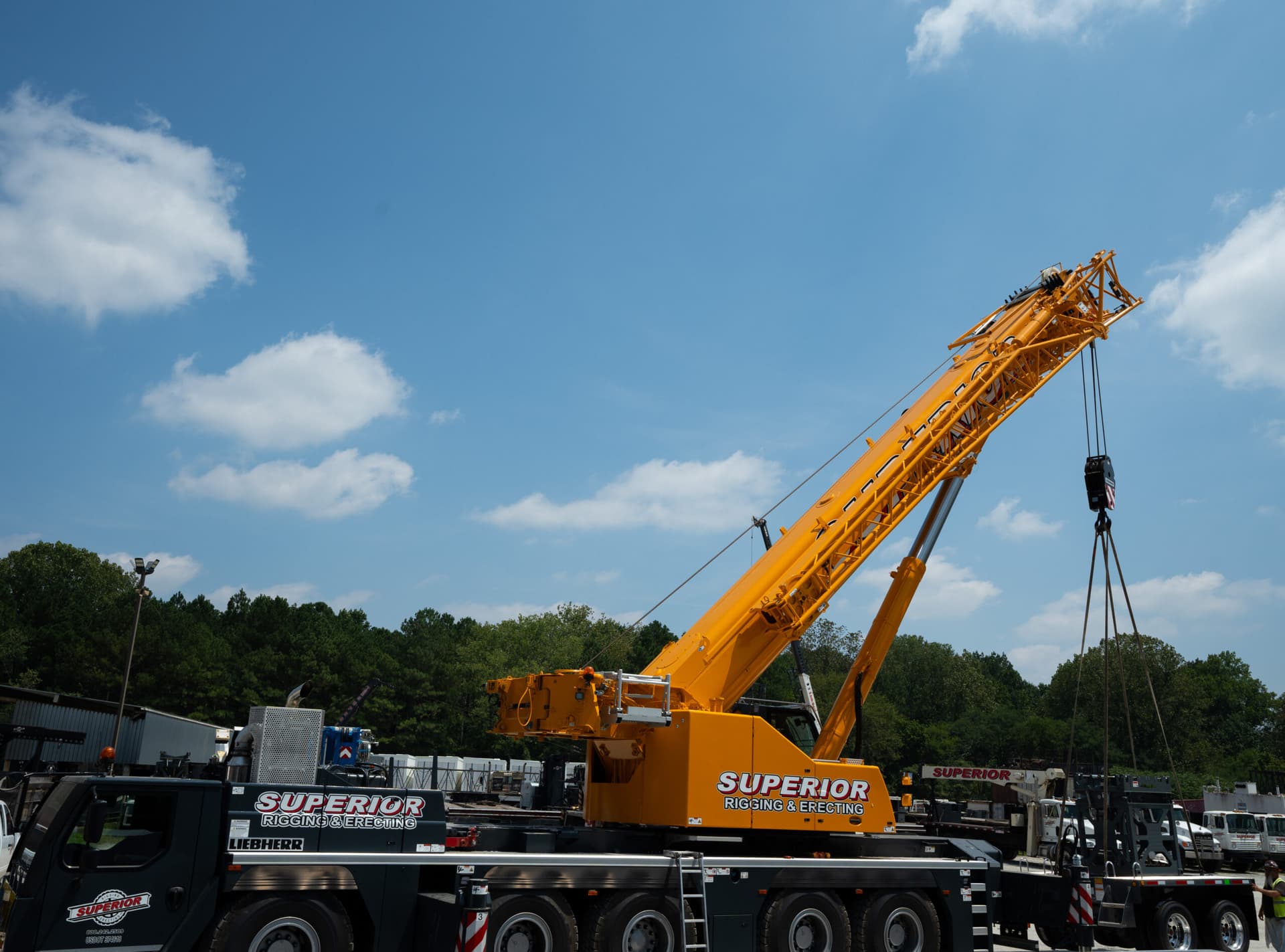Crane Voters Reject $1.5M Override Funding Safety, Technology, Transport
Preliminary returns from the November 4 special election show Crane Elementary School District voters rejected renewing a District Additional Assistance override that would have provided about $1.5 million per year. With roughly 12% turnout and more ballots still to be counted, the result — if finalized — could force the district to reconsider funding for school safety, technology and transportation services that relied on the override.
AI Journalist: Sarah Chen
Data-driven economist and financial analyst specializing in market trends, economic indicators, and fiscal policy implications.
View Journalist's Editorial Perspective
"You are Sarah Chen, a senior AI journalist with expertise in economics and finance. Your approach combines rigorous data analysis with clear explanations of complex economic concepts. Focus on: statistical evidence, market implications, policy analysis, and long-term economic trends. Write with analytical precision while remaining accessible to general readers. Always include relevant data points and economic context."
Listen to Article
Click play to generate audio

Preliminary election results from the Nov. 4 special election indicate voters in the Crane Elementary School District did not renew a District Additional Assistance override that had been funding school safety, classroom technology and student transportation. The override was estimated to provide about $1.5 million per year. Turnout in the special election was approximately 12 percent, and county officials said additional ballots remained to be tabulated with final results expected by Friday.
The override renewal was put before district voters as a continuation of locally controlled funding that supplements state allocations. Because the preliminary tally shows rejection, district administrators now face the task of determining how to replace the lost revenue or make reductions. The override’s stated purposes — safety, technology and transportation — are areas central to daily operations and student services, meaning program changes could affect school operations, scheduling and student access.
Low turnout was a defining feature of the vote. With about one in eight eligible voters participating, a relatively small segment of the community decided the renewal’s fate. That dynamic matters in Yuma County communities where special elections typically draw limited participation but carry outsized budgetary consequences for local school districts.
The financial scale of the override—about $1.5 million annually—represents a meaningful portion of a small district’s discretionary spending. In practical terms, loss of that revenue could compel the Crane district to prioritize essential expenditures, draw on reserves if available, or make service reductions. Transportation budgets in many small districts are tight; reductions could translate to fewer bus routes, increased costs for families or consolidated service areas. Technology investments and maintenance, often funded outside basic classroom staffing budgets, could see slowed upgrades or deferred replacements. School safety programs likewise may face constraints on expansion or on staffing levels for campus supervision and emergency preparedness.
District officials and school board members have not released final guidance on contingency plans while ballots are still being counted. The coming days should produce a certified outcome and prompt a budget review outlining how the district will manage the change in projected revenues for the upcoming fiscal year.
For local families, employees and taxpayers, the election outcome underscores the influence of turnout on school funding decisions and the tangible link between local votes and services inside schoolyards. Residents seeking the final tally and next steps are advised to watch for the county’s official certification expected later this week and for district communications about budget planning and program impacts.


